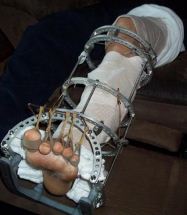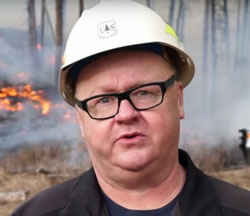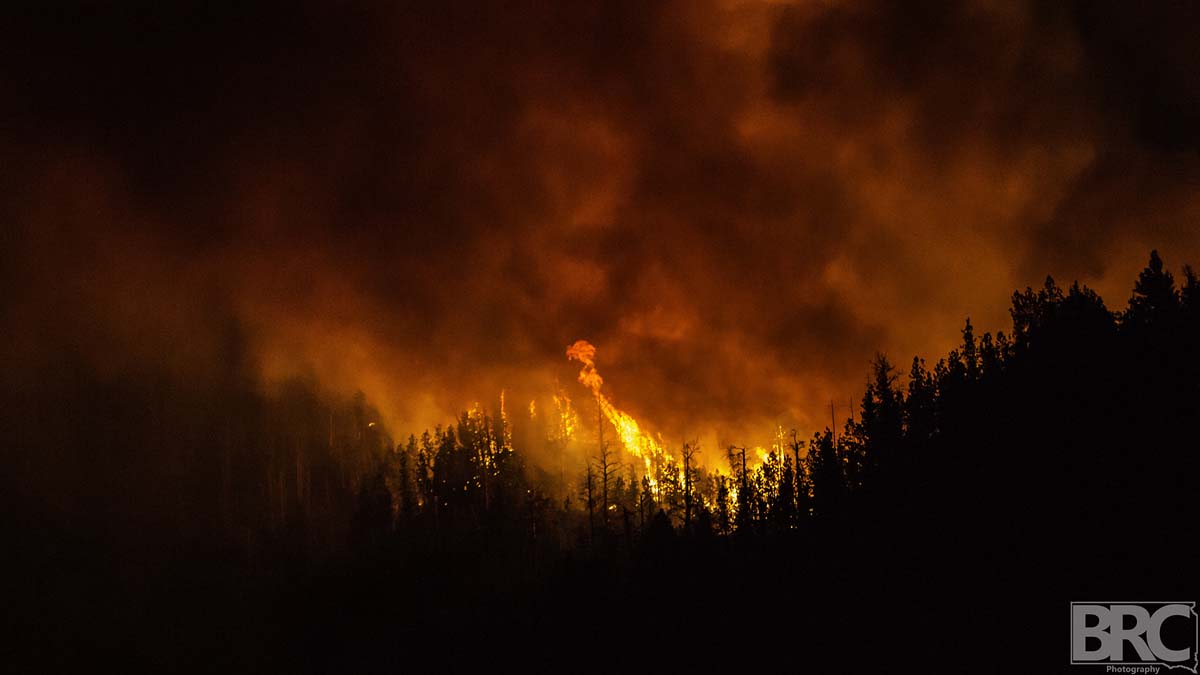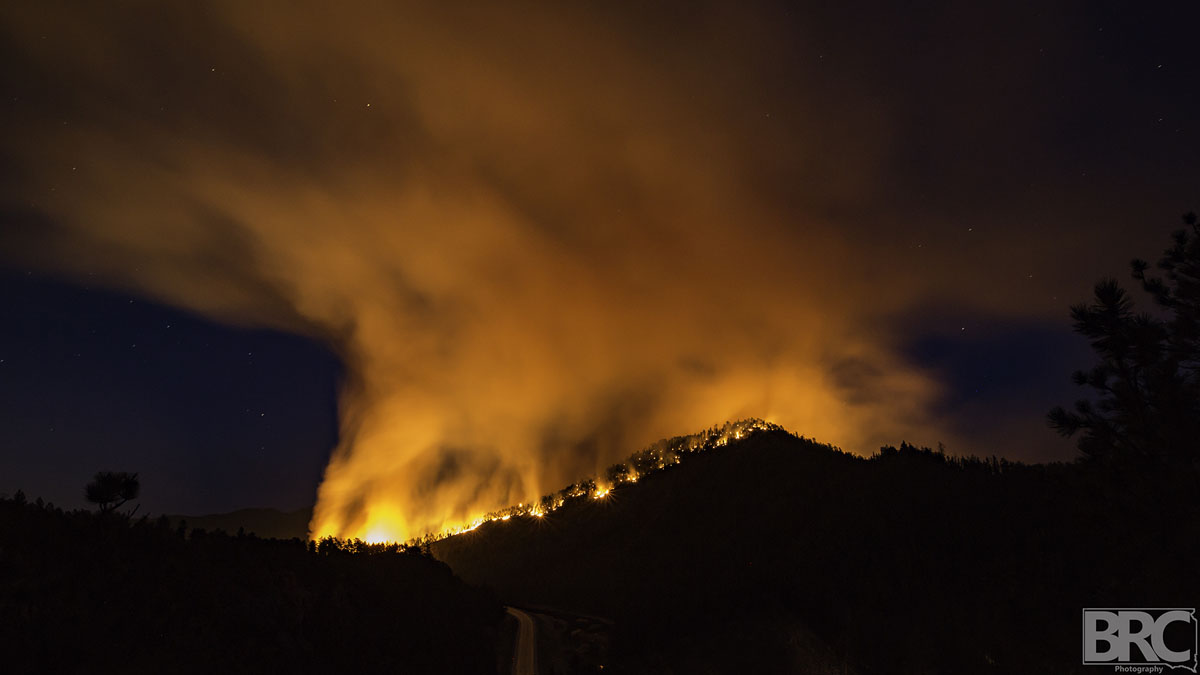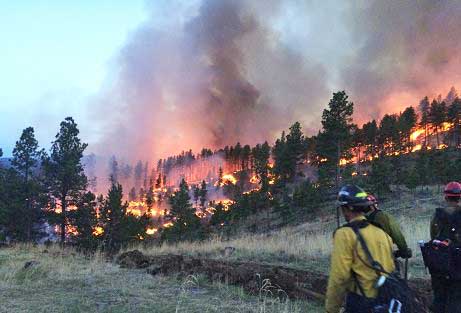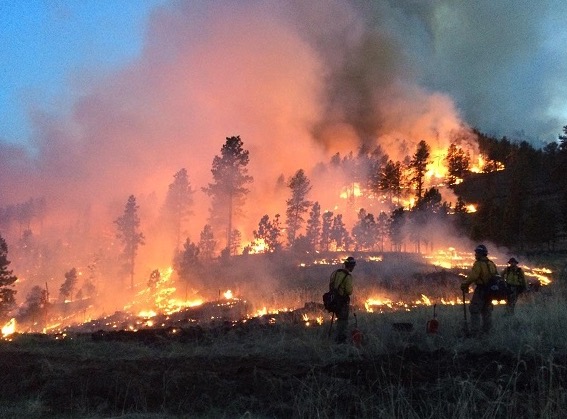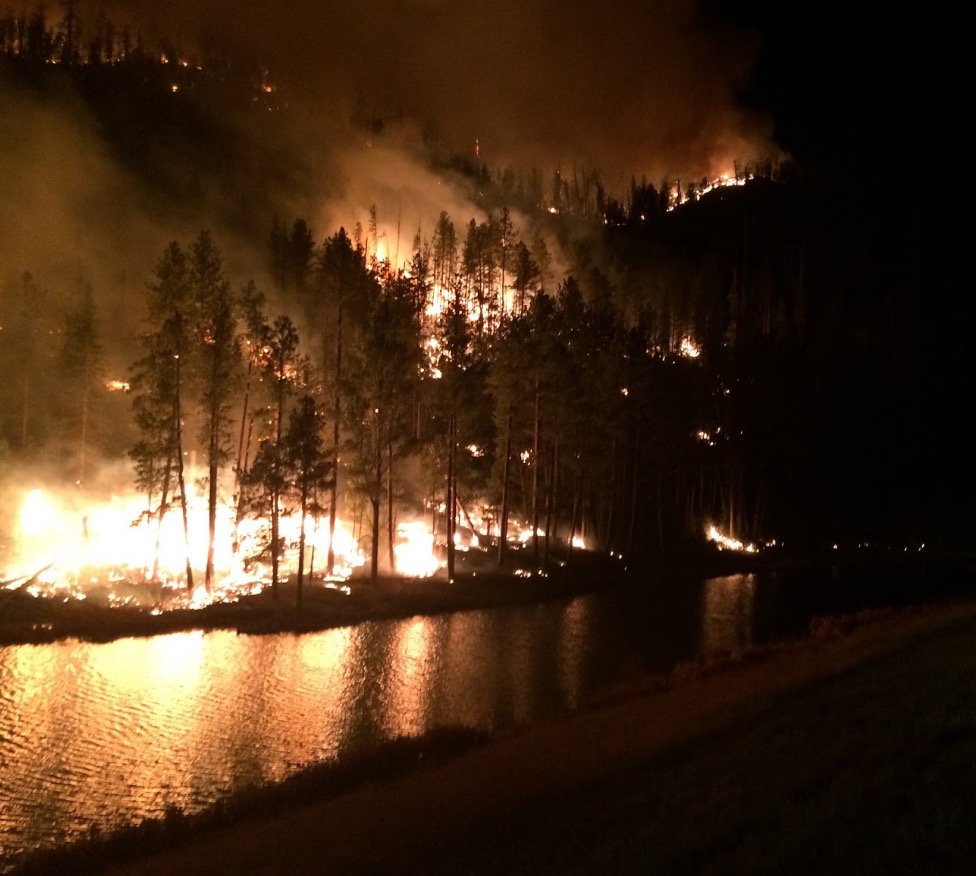Above: Firefighters from the Brookings and Colman fire departments in eastern South Dakota patrolled a fire line during burning out operations on the Cold Fire, April 3, 2016.
Some of the firefighters working on the 1,896-acre Cold Fire 8 miles south of Custer, South Dakota traveled long distances to help out the locals.
Several fire engines from Sioux Falls, Brookings, and Colman in the extreme eastern part of South Dakota drove more than 400 miles. A hand crew came all the way from Oregon.
Ironically, the closest engine to the fire, at the Wind Cave National Park headquarters four miles away, sat in its garage. The park’s Assistant Fire Management Officer Al Stover said a confluence of factors resulted in none of their firefighters being able to help put out the fire that burned 316 acres inside the park. Their engine boss was at a training class and their seven-person Wildland Fire Module was in Kansas assisting with a prescribed fire. However the park did have at least two personnel at the fire, staffing a road block and serving as an Agency Administrator’s representative. And, we saw the Park Superintendent at the fire Saturday evening.
There are seven National Parks and Monuments in the greater Black Hills area. The firefighters (full time and collateral-duty) and engines in those parks are all coordinated by the Northern Great Plains National Park Service Fire Management Office. It is unfortunate they were not able to at least put together from those seven parks, half a dozen firefighters and a crew boss to lend a hand.
****
(UPDATE at 10:33 a.m. MDT, April 7, 2016)
I wrote a comment below the article on April 6. Here is a copy:
“The Park Service is regressing to their roots of 30 years ago. In the early and mid-1980s they only had a skeleton of a fire management organization. Then 1988 happened. When much of Yellowstone National Park burned it got the attention not only of the highest levels of NPS management, but Congress as well. More money flowed into the fire organization. New positions were created.
In recent years Congress has cut the budget for NPS Fire, and many of those new, and needed, positions have been abolished or are not filled if a person leaves. These things run in cycles. When the next 1988 Yellowstone happens, things might turn around. For a while. Until the Administration and Congress lose interest again.
When politicians think of the NPS, they think of beautiful parks and Ranger-led interpretive walks. On the other hand, when the Forest Service is mentioned, they remember the last time USFS Chief Tom Tidwell sat in front of them in a hearing, just months before, when he begged and pleaded for more money for USFS fire management which consumes about half of the USFS funds.
I can’t help but wonder if funding for Department of Interior fire would be different if all federal wildland fire management were in ONE agency. That way it would be more difficult to ignore four of the five organizations.”
